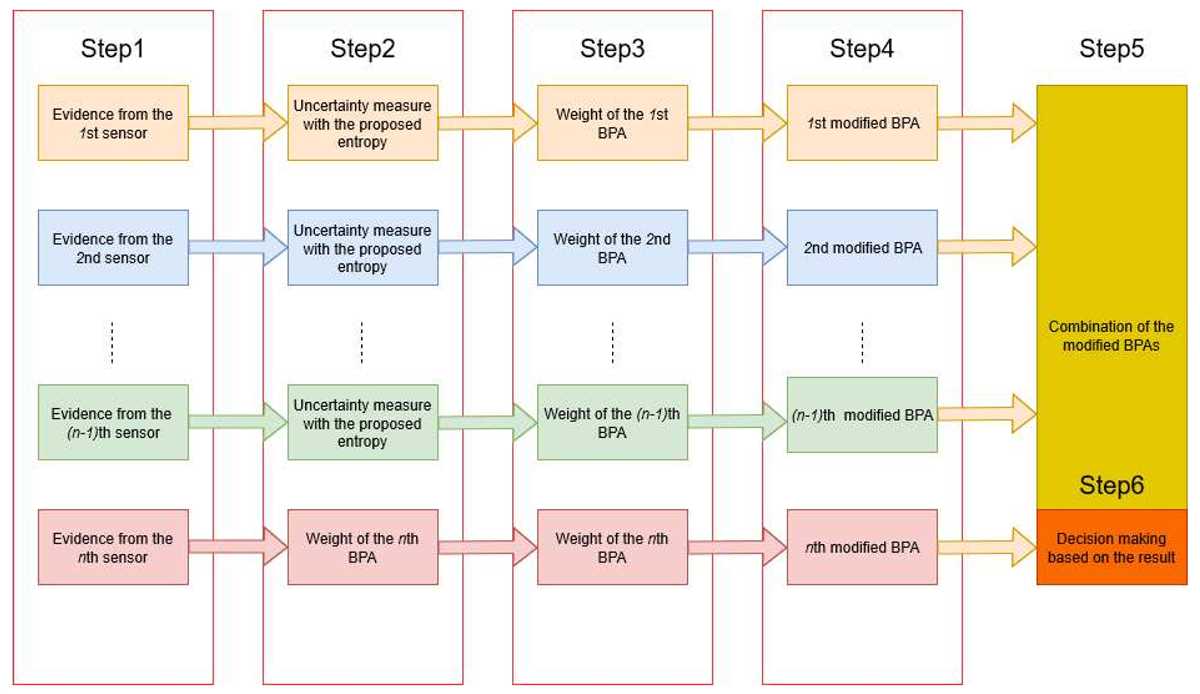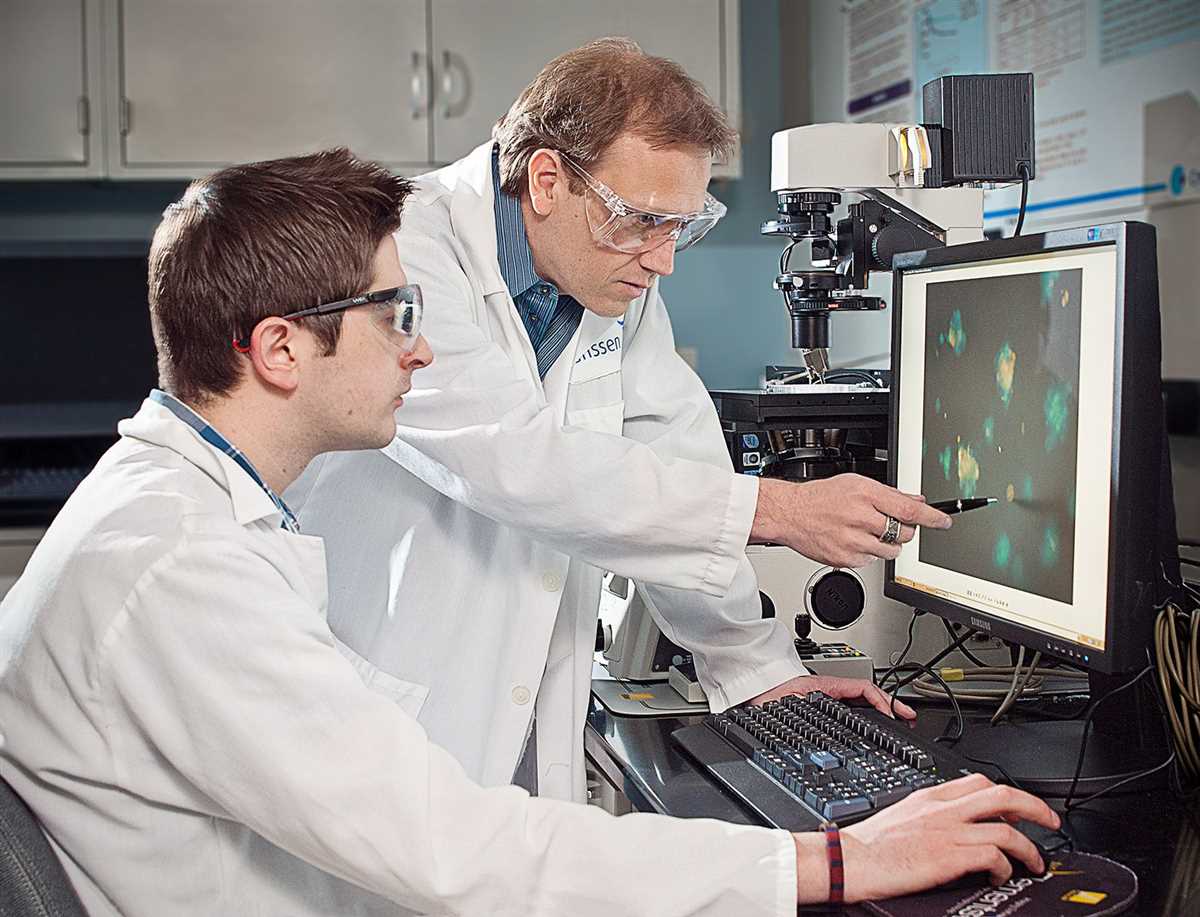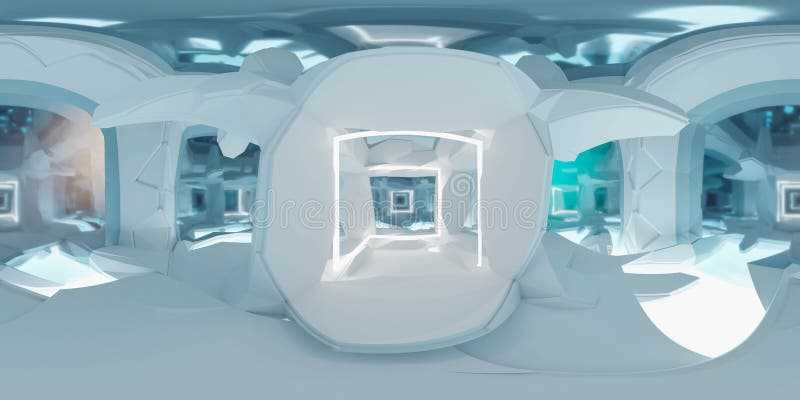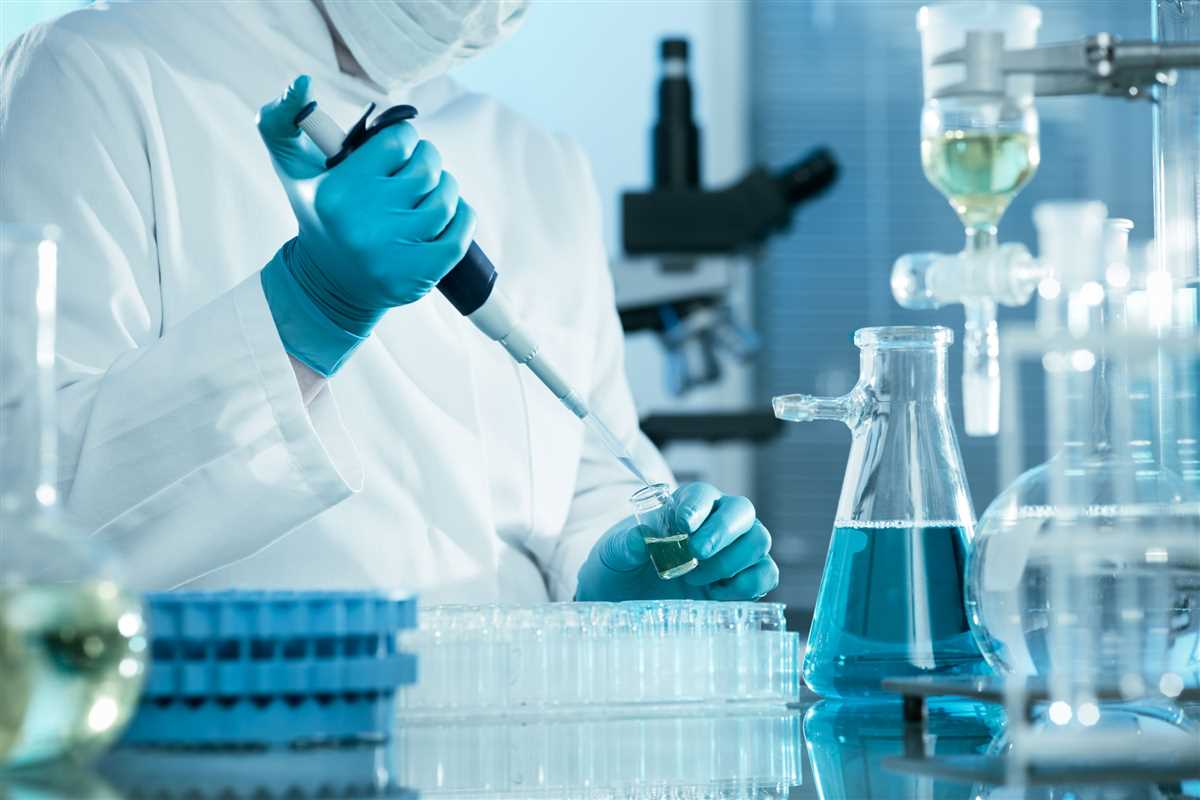
Evolution is a fundamental concept in biology, explaining how organisms have changed over time and diversified into the incredible variety of species we see today. The theory of evolution is supported by a wealth of scientific evidence, ranging from fossil records to molecular biology. To help students understand this evidence and develop a deeper appreciation for the theory, a station lab activity can be an effective teaching tool.
During the station lab, students rotate through different stations, each focusing on a particular piece of evidence for evolution. At each station, students engage in hands-on activities, such as examining fossils, studying DNA sequences, and analyzing anatomical structures. By actively participating in these activities, students gain a better understanding of the scientific methods used to gather evidence and how this evidence supports the theory of evolution.
One station may focus on the fossil record, allowing students to observe and analyze the remains of ancient organisms. Fossils provide a snapshot of life on Earth millions of years ago and offer a glimpse into the process of evolution. Another station may involve studying DNA sequences and comparing them between different species. DNA holds the genetic information that is passed down from generation to generation, and similarities in DNA sequences between species can indicate common ancestry.
Each station in the lab activity provides students with the opportunity to explore a different piece of evidence that supports the theory of evolution. By the end of the activity, students will have a deeper understanding of the scientific principles behind evolution and the wealth of evidence that supports this theory. This station lab activity not only strengthens their scientific understanding, but also encourages critical thinking and analysis in the field of biology.
The theory of evolution

The theory of evolution is a scientific explanation for the diversity of life on Earth. It proposes that all living organisms share a common ancestor and have evolved over time through natural selection and other mechanisms. This theory is supported by a vast amount of evidence from various scientific fields, including paleontology, genetics, and comparative anatomy.
One of the key concepts in the theory of evolution is natural selection. This process occurs when individuals with certain traits are more likely to survive and reproduce, passing their advantageous traits on to their offspring. Over time, these favorable traits become more common in a population, leading to changes in the characteristics of a species. Natural selection is driven by environmental factors, such as availability of food, competition for resources, and predation.
The fossil record provides compelling evidence for evolution. Fossils are the preserved remains or traces of ancient organisms, and they can reveal the existence of extinct species and transitional forms that link different groups of organisms. For example, the discovery of intermediate fossil forms, such as Tiktaalik, supports the idea of fish evolving into land-dwelling creatures. Fossils also show the gradual changes in species over time, supporting the concept of gradualism in evolution.
Genetics is another powerful tool for studying evolution. The field of molecular genetics has revealed that all living organisms share a common genetic code and possess similar genes. By comparing the DNA sequences of different species, researchers can determine their evolutionary relationships and trace their common ancestry. Additionally, genetic mutations and variations can lead to the formation of new species and the development of unique traits, providing further evidence for evolution.
Station setup and materials

In this station, students will have the opportunity to examine various pieces of evidence for evolution. The station is set up with multiple tables, each representing a different line of evidence. On each table, there are different materials and specimens for students to analyze and make observations.
One table is dedicated to fossil evidence. It is equipped with a collection of fossilized plants and animals, including various types of shells, bones, and plant remains. Students will be provided with magnifying glasses and rulers to measure and closely examine the fossils. They will be asked to identify patterns and similarities among the fossils and determine what they can infer about the evolutionary relationships between different species.
Another table focuses on anatomical evidence. Here, students will find models and diagrams of different organisms, highlighting their anatomical structures. They will be asked to compare and contrast the structures, looking for similarities and differences. This station will help students understand the concept of homologous structures and how they provide evidence for a common ancestor.
The next station includes genetic evidence. Students will be provided with DNA sequences of different organisms, as well as charts and diagrams illustrating the similarities and differences between these sequences. They will be given the task of analyzing the data and drawing conclusions about the evolutionary relationships based on the genetic evidence.
The final station is dedicated to embryological evidence. Students will be presented with preserved embryos of various animals, such as fish, reptiles, birds, and mammals. They will be asked to compare the embryos at different stages of development and note any similarities or differences. This station will help students understand the concept of embryological development and how it provides evidence for common ancestry.
- Fossil evidence table: fossils, magnifying glasses, rulers
- Anatomical evidence table: models, diagrams
- Genetic evidence table: DNA sequences, charts, diagrams
- Embryological evidence table: preserved embryos
Station 1: Fossil evidence

Fossil evidence is one of the key pieces of evidence that supports the theory of evolution. Fossils are the preserved remains or traces of past organisms, and they provide a record of life on Earth that spans millions of years. By studying fossils, scientists can gain insights into the history of life and how species have changed and evolved over time.
At this station, you will have the opportunity to examine and analyze various fossil specimens. Fossils can take many forms, including bones, teeth, shells, and imprints, and each type of fossil can provide unique information about the organisms that once lived. By closely examining the structure and characteristics of different fossils, you can make observations and draw conclusions about the evolutionary relationships between different species.
Activity:
- Examine the fossil specimens provided and make detailed observations about their physical characteristics.
- Compare and contrast the fossils to identify similarities and differences.
- Consider the age and location of the fossils to determine the geological context in which they were formed.
- Based on your observations, discuss and propose hypotheses about the evolutionary relationships between the organisms that left behind these fossils.
Remember, fossils provide valuable evidence for evolution because they document the existence of species that no longer exist and reveal the changes that have occurred in species over time. By studying fossils, scientists can piece together the story of how life on Earth has evolved, helping us to better understand the history and diversity of living organisms.
Station 2: Comparative anatomy

Comparative anatomy is the study of similarities and differences in the structure of different organisms. By comparing the anatomy of different species, scientists can determine evolutionary relationships and make inferences about common ancestry. In this station, you will explore various examples of comparative anatomy and examine how they provide evidence for evolution.
One example of comparative anatomy is the presence of homologous structures. Homologous structures are similar in form and function but have different evolutionary origins. For example, the forelimbs of humans, bats, whales, and cats all have the same basic structure of bones, despite being adapted for different purposes. This similarity suggests that these organisms share a common ancestor with a similar forelimb structure.
Another example is the presence of vestigial structures. Vestigial structures are remnants of organs or structures that had a function in an ancestral species but are now reduced or non-functional in a descendant species. For instance, humans have a vestigial tailbone called the coccyx, which is the remains of a tail that was functional in our evolutionary ancestors. The presence of vestigial structures supports the idea that organisms have evolved from common ancestors and have undergone changes over time.
- Homologous structures: Similar in form and function but with different evolutionary origins.
- Vestigial structures: Remnants of organs or structures that had a function in an ancestral species but are now reduced or non-functional.
At this station, you will examine different organisms and their anatomical features to identify similarities and differences that provide evidence for evolution. By understanding comparative anatomy, we can gain insights into the evolutionary history and relationships between organisms.
Station 3: Genetic evidence
The genetic evidence for evolution is one of the strongest and most compelling pieces of evidence available to us. By comparing the DNA sequences of different organisms, scientists can trace their evolutionary relationships and determine how closely related they are to each other. This provides concrete evidence for the theory of common ancestry and the gradual accumulation of genetic changes over time.
In this station, you will have the opportunity to explore genetic evidence for evolution. You will analyze DNA sequences from different organisms and compare them to determine their similarities and differences. By doing so, you will be able to construct evolutionary trees that depict the relationships between these organisms.
Activity 1: DNA sequencing
In this activity, you will use state-of-the-art DNA sequencing techniques to obtain the DNA sequences of various organisms. This will allow you to compare the genetic information of different species and determine their evolutionary relationships. By analyzing the similarities and differences in their DNA sequences, you will be able to construct an evolutionary tree.
Activity 2: Comparative genomics
In this activity, you will analyze the genomes of different organisms and compare their gene content, gene order, and other genomic features. By doing so, you will be able to identify similarities and differences between species and determine their evolutionary relationships. This will provide further evidence for the theory of common ancestry and the gradual accumulation of genetic changes over time.
Conclusion:
The genetic evidence presented in this station strongly supports the theory of evolution. By analyzing DNA sequences and comparing genomes, scientists can trace the evolutionary relationships between different organisms and determine how closely related they are. This provides us with solid evidence for the theory of common ancestry and the gradual accumulation of genetic changes over time.
Conclusion
Natural selection is a fundamental mechanism of evolution, and it plays a crucial role in shaping the diversity of life on Earth. The evidence gathered at Station 4 strongly supports the concept of natural selection as a driving force behind evolutionary change.
Through the investigation of different examples, we have seen that individuals with advantageous traits are more likely to survive and reproduce, passing those traits on to future generations. This results in the gradual accumulation of beneficial traits in a population over time, leading to the development of new species.
One of the key takeaways from Station 4 is the concept of adaptation. Organisms that are better adapted to their environment have a higher chance of survival and reproduction. This can be seen in examples such as the peppered moth and antibiotic-resistant bacteria.
Furthermore, the concept of natural selection also helps to explain the diversity of life forms. By studying the process of speciation, we can understand how new species arise through the accumulation of genetic variations over time.
In summary, the evidence presented at Station 4 leaves no doubt about the importance of natural selection in driving evolutionary change. It is a powerful mechanism that allows organisms to adapt to their environment and gives rise to the incredible diversity of life we see today.
Q&A:
What is natural selection?
Natural selection is the process by which certain traits or characteristics are more likely to be passed on to future generations because they provide an advantage for survival or reproduction.
Who proposed the theory of natural selection?
The theory of natural selection was proposed by Charles Darwin in his book “On the Origin of Species” published in 1859.
How does natural selection work?
Natural selection works through the process of variation, inheritance, and differential reproductive success. Individuals with traits that are better suited to their environment are more likely to survive and reproduce, passing on those advantageous traits to their offspring.
What is the role of adaptation in natural selection?
Adaptation is a key concept in natural selection. It refers to the process by which individuals with certain traits that are better suited to their environment are more likely to survive and reproduce. Over time, these advantageous traits become more prevalent in a population.
Can natural selection lead to the evolution of new species?
Yes, natural selection can lead to the evolution of new species. When populations of the same species become isolated from each other and are subjected to different selection pressures, they may evolve in different directions and eventually become reproductively isolated, leading to the formation of new species.
What is natural selection?
Natural selection is the process by which certain inherited traits become more or less common in a population over generations, based on the individuals’ ability to survive and reproduce.
How does natural selection work?
Natural selection works through a process called differential reproduction. Organisms that possess beneficial traits that help them survive and reproduce are more likely to pass on those traits to future generations. Over time, this leads to the accumulation of advantageous traits in a population.